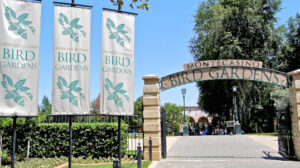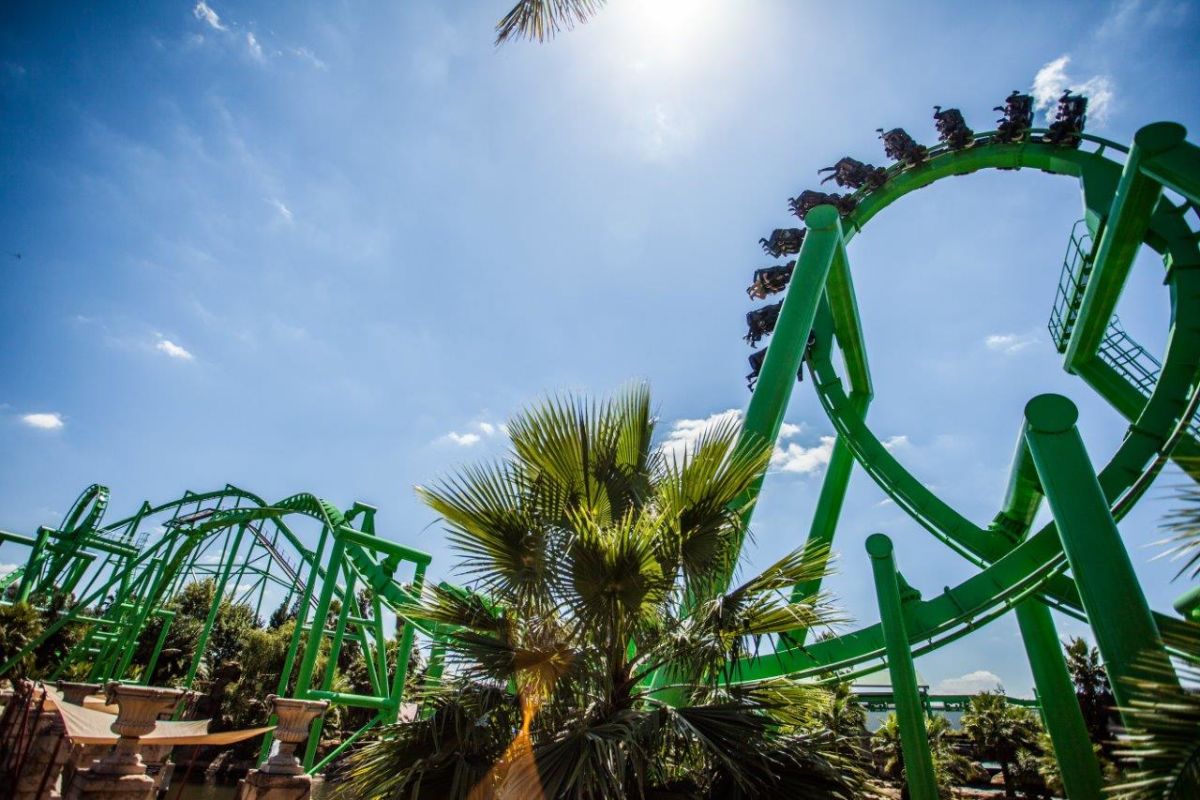Not known Incorrect Statements About Johannesburg North Attractions
Not known Incorrect Statements About Johannesburg North Attractions
Blog Article
The Buzz on Johannesburg North Attractions
Table of ContentsNot known Details About Johannesburg North Attractions Some Ideas on Johannesburg North Attractions You Should Know9 Simple Techniques For Johannesburg North AttractionsJohannesburg North Attractions Can Be Fun For EveryoneHow Johannesburg North Attractions can Save You Time, Stress, and Money.Examine This Report on Johannesburg North AttractionsTop Guidelines Of Johannesburg North Attractions
Nevertheless you need to keep security in mind and vacationers must stay sharp whatsoever times when in strange surroundings. Speak with the residents when you are in town to find out concerning the location you are remaining in. Johannesburg North attractions. When on the street (this does not put on mall and other safe environments) finest basic recommendations is to attempt your ideal to appear like a regional and to stay clear of displaying any type of type of wide range
Not known Facts About Johannesburg North Attractions
Professor Revil Mason O. J. (Thomson, 1946) discovered the Witwatersrand's pre-colonial background. His archaeological job blew up the 'em pty land' myth, according to which the area was without human habitation before the arrival of European settlers. In his publications Prehistory of the Transvaal: A Record of Human Task (1962) and Beginnings of Black Individuals of Johannesburg and the Southern Western Central Transvaal Advertisement 3501880 (1986 ), Teacher Mason showed the extent of social and financial development in the area prior to Europeans established foot below.

The Main Principles Of Johannesburg North Attractions
In 1878, David Wardrop found gold in quartz capillaries at Zwartkop, north of Krugersdorp. In 1881, Stephanus Minnaar came throughout gold on the farm Kromdraai, near the Cradle of Mankind.
In March 1886, a protrusion (soon to be called the Key Coral reef) was found, quite luckily, on Gerhardus Oosthuizen's farm Langlaagte. Some state that the Lancastrian coal miner George Pedestrian uncovered this coral reef. Another itinerant English miner, George Harrison (that had formerly operated in Australian mines) obtained a prospecting licence in respect of Langlaagte in Might 1886.
He chose to proceed in a mission for greener pastures, and disposed of his Langlaagte insurance claim for the handsome sum of 10. Alas: under lay the richest goldfield ever located. The exploration of this rich auriferous coral reef prompted a gold rush that indicated the end of bucolic serenity in the southerly Transvaal.
It would, within six years, end up being the biggest town in southern Africa. Within a years, it would make the Z. A. R. until then an anarchical and insolvent little state the wealthiest country in Africa. By the millenium, the Z. A. R. was to go beyond Russia, Australia and the USA of America to end up being the globe's leading gold manufacturer, creating greater than a quarter of the world's gold.
An Unbiased View of Johannesburg North Attractions
It was recognized as Ferreira's Camp, named after Colonel Ignatius Ferreira. He was a Boer traveler upon whom the British authorities had presented the status of Companion of the Most Identified Order of St Michael and St George (entitling him to the post-nominal letters C. M. G.) in thankfulness for his function in the war that had deposed the Pedi king Sekhukhune in 1879.
Quickly the camp was including camping tents and wagons as beginners arrived daily from everywhere. By September 1886, some 400 people stayed in Ferreira's Camp, which soon boasted prefabricated iron and hardwood structures. 2 other camps were developed: Meyer's Camp on the ranch Doornfontein, and Paarl Camp. The latter was nicknamed Afrikander Camp; many people from the Cape Colony cleared up there.

Excitement About Johannesburg North Attractions
This name got currency by word of mouth, such that the State Assistant verified the name to the Mining Commissioner on 9 October 1886. Stands in the village were auctioned on 8 December 1886. While some stands were cost 10, others were torn down for as little as sixpence.
2 years later, these erven were to alter hands for as long as 750 each. The tented camps decreased as a dorp of corrugated iron structures established and broadened north of the mines situated along the Key Reef Roadway. Areas such as Jeppe's Community (where working-class immigrants erected their homes) and Doornfontein (where the affluent brand-new 'Randlords' started to build useful content their luxurious homes) were quickly included to the ever-expanding map of the community.
The Greatest Guide To Johannesburg North Attractions
In addition to the street names, there were no indications of Johannesburg being situated in a Dutch-speaking nation. Years later on, C. W. Kearns O. J. (one of the very first children registered at St John's College in 1898) would remember: 'A weird fact regarding Johannesburg was that, although it was in the [Boer Republic], almost every person talked English and also the Federal government servants addressed one in English, unless they were first dealt with in the Taal (or Low Dutch)'.
Therefore, Britain had an interest in guaranteeing optimal problems for gold manufacturing on the Witwatersrand, which the gold was exported to London rather than Berlin a crucial rendered even more clamant by the Z. A. R - Johannesburg North attractions.'s raising toenadering with Germany. Mine owners got on a clash with Head of state Kruger, whose plan of monopolistic concessions (usually provided to his cronies) stopped mining business from procuring products of products (especially dynamite) and work by themselves, less expensive terms
Some Known Questions About Johannesburg North Attractions.
In 1890, the Volksraad had limited the franchise business to white men who had actually stayed in the Z. A. R. for fourteen years or longer, therefore disqualifying a lot of the immigrants (who occurred to be the major contributors to the fiscus). Anxiety for the vote was a mere pretext for promoting hop over to these guys a different program; the majority of uitlanders regarded themselves as short-lived site visitors and had no intent of staying in the Z.
Report this page